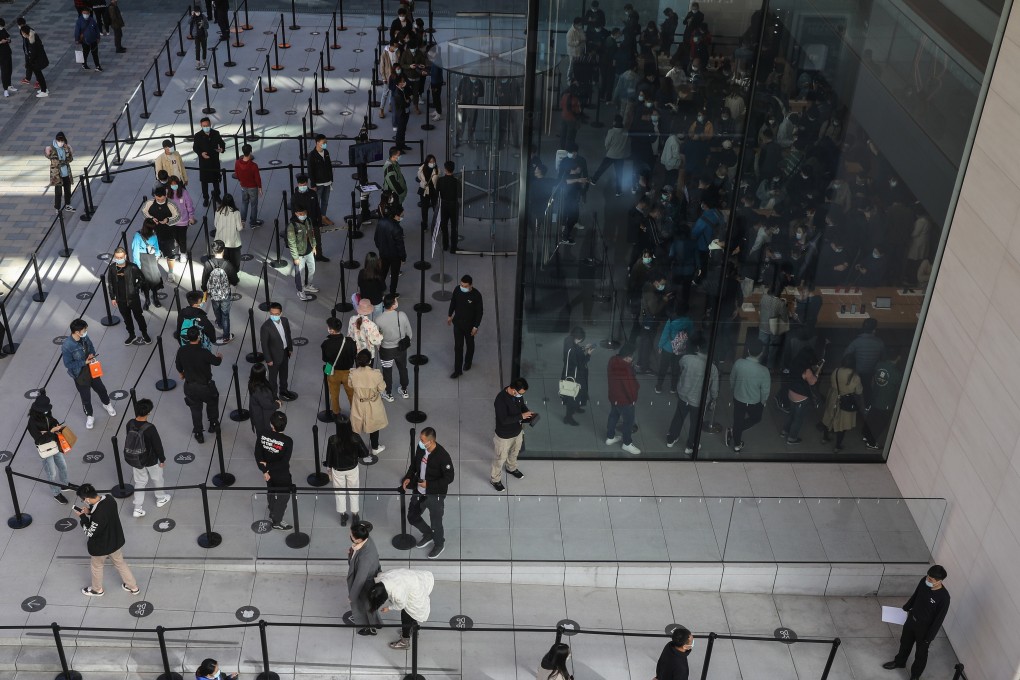What lessons does China’s fast economic recovery from Covid-19 hold for the US and Europe?
- China has rallied resources with carefully placed investments in strategic areas of the economy. Conversely, the US and Europe have relied too much on blanket stimulus to turn things around, with less effect

This might be the best model for China’s socialist market economy, but the problems faced by the United States and Europe suggest a different approach is needed for market-based economies. To beat the crisis, the West needs better reflation plans, targeted with pinpoint accuracy, instead of relying on the hit-and-miss macro methods employed so far.
Meanwhile, industrial production has rallied 6.9 per cent in the past 12 months to September, boosted by four straight months of export-led recovery. China’s exports rose 9.9 per cent year on year to a record high of US$239.8 billion in September.
According to World Bank forecasts, China’s GDP is expected to grow 1.6 per cent this year, while the global economy is likely to contract 5.2 per cent based on its summer projections. The contrast with Western economies couldn’t be more marked.
